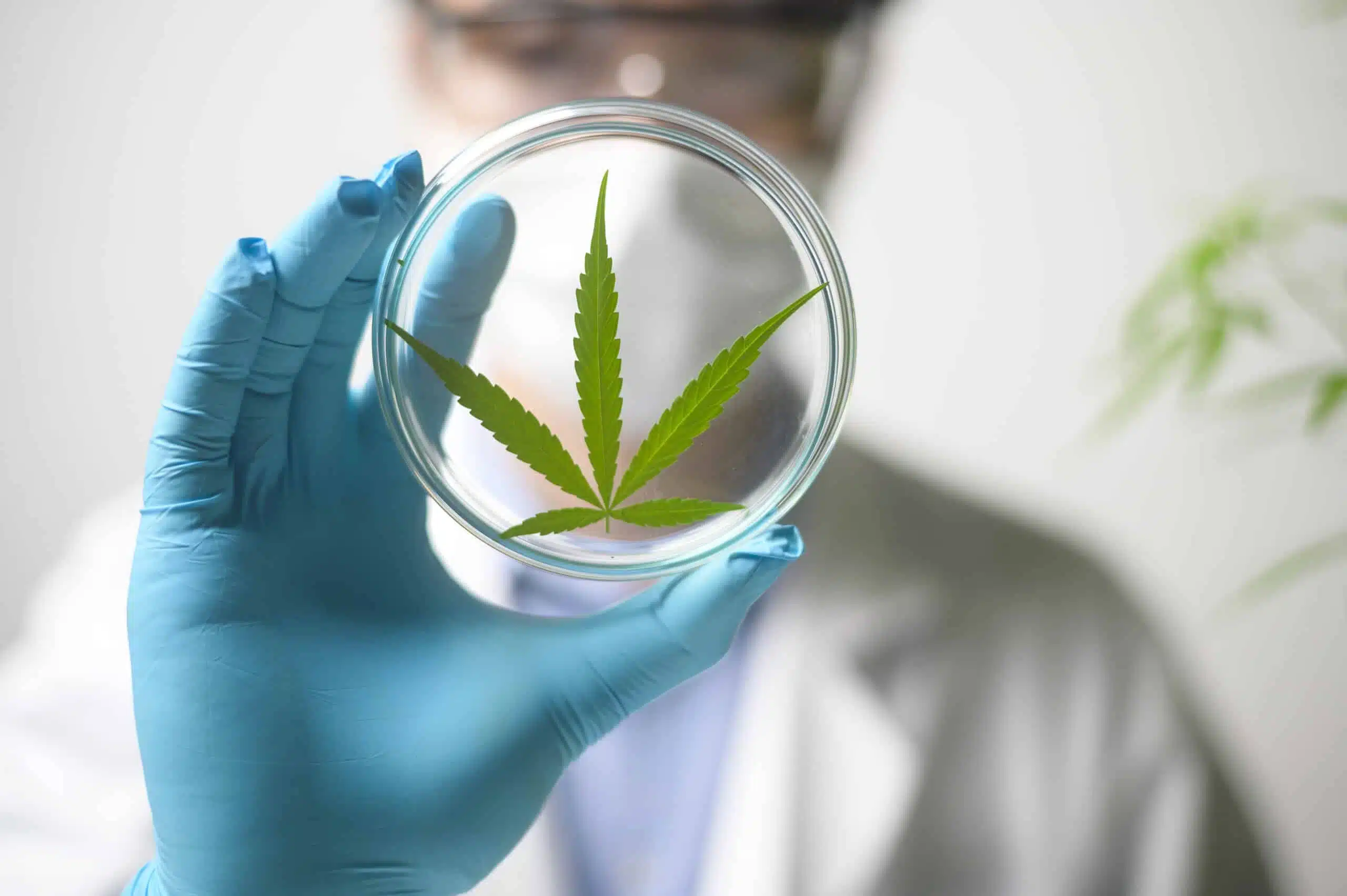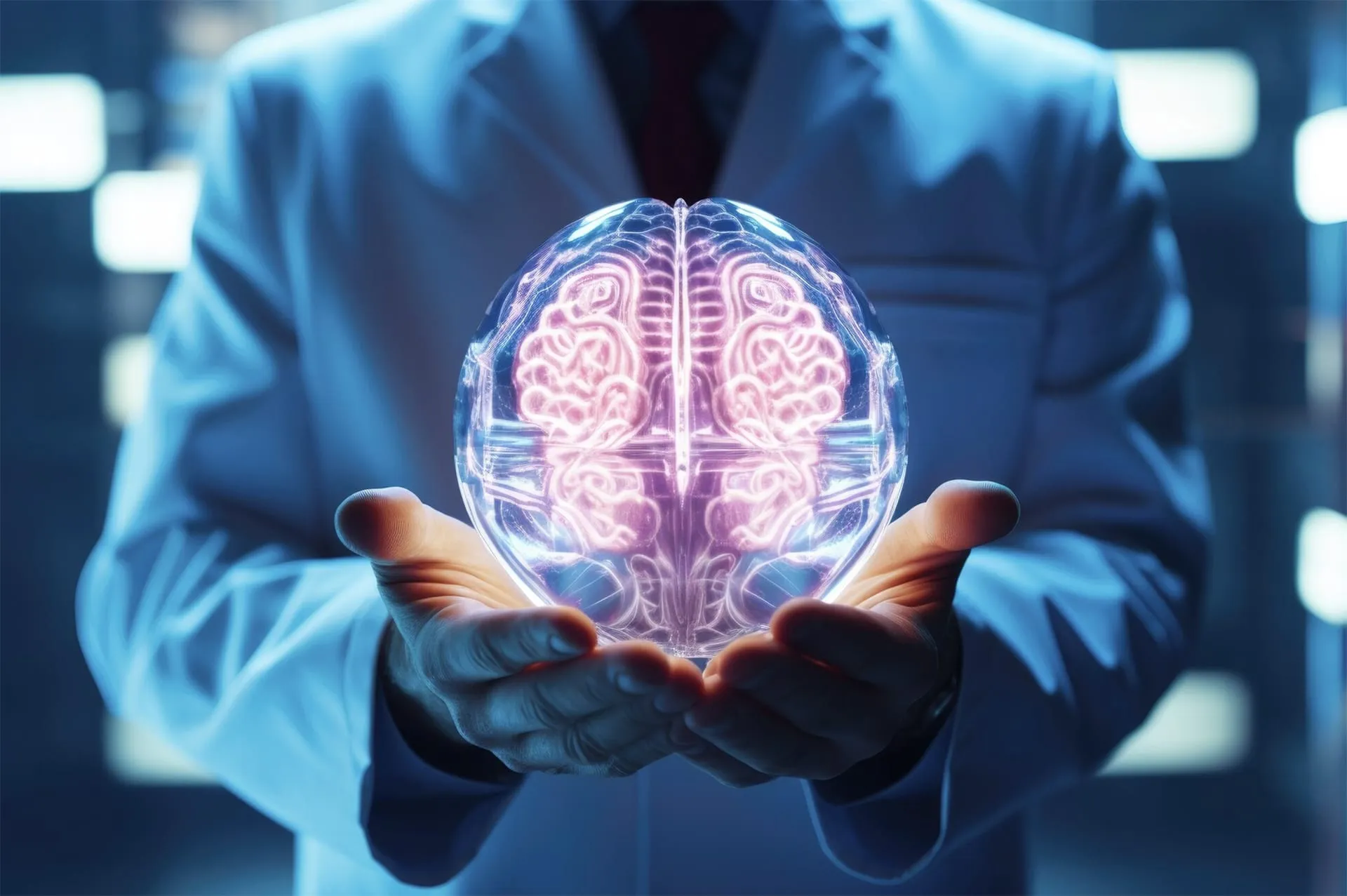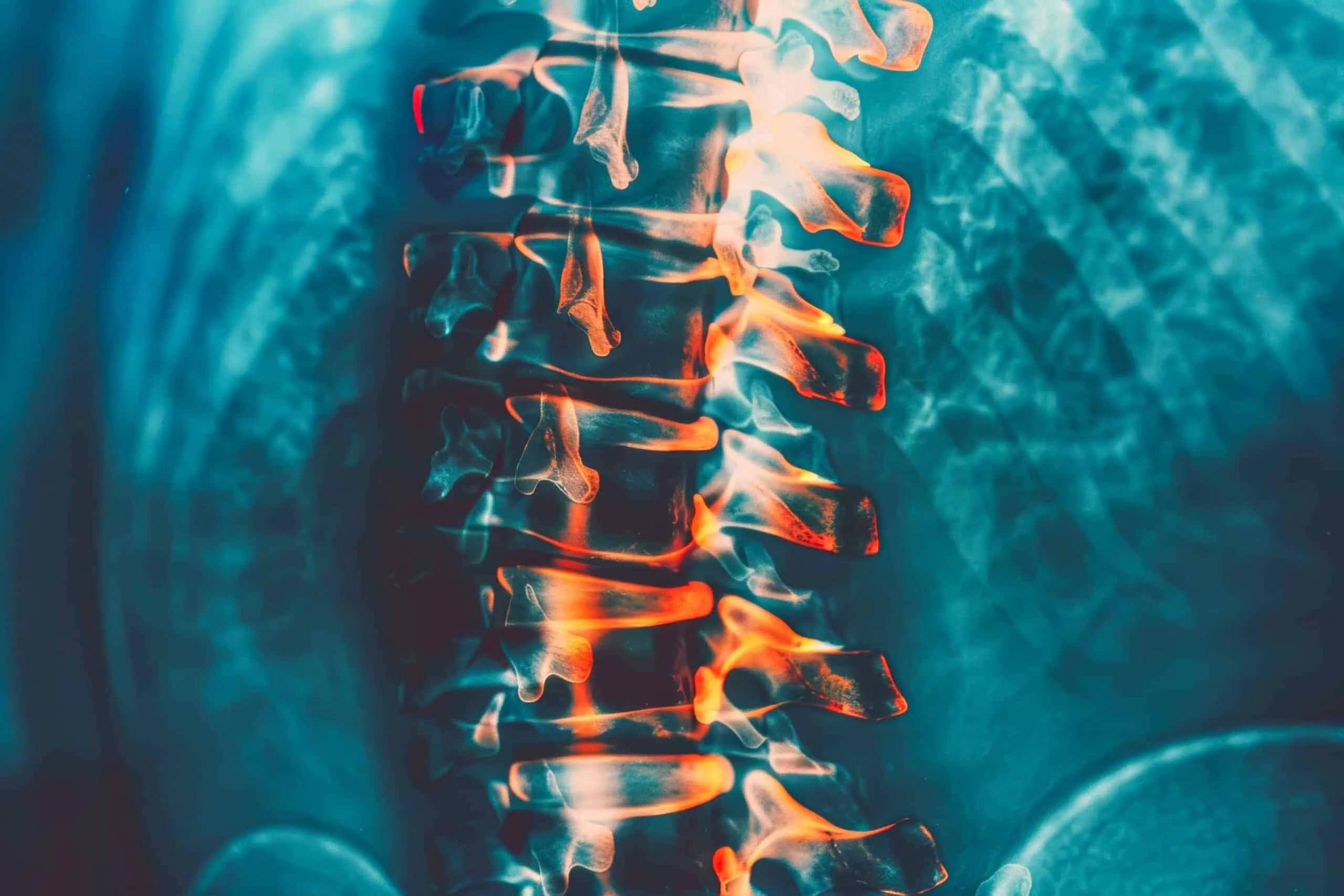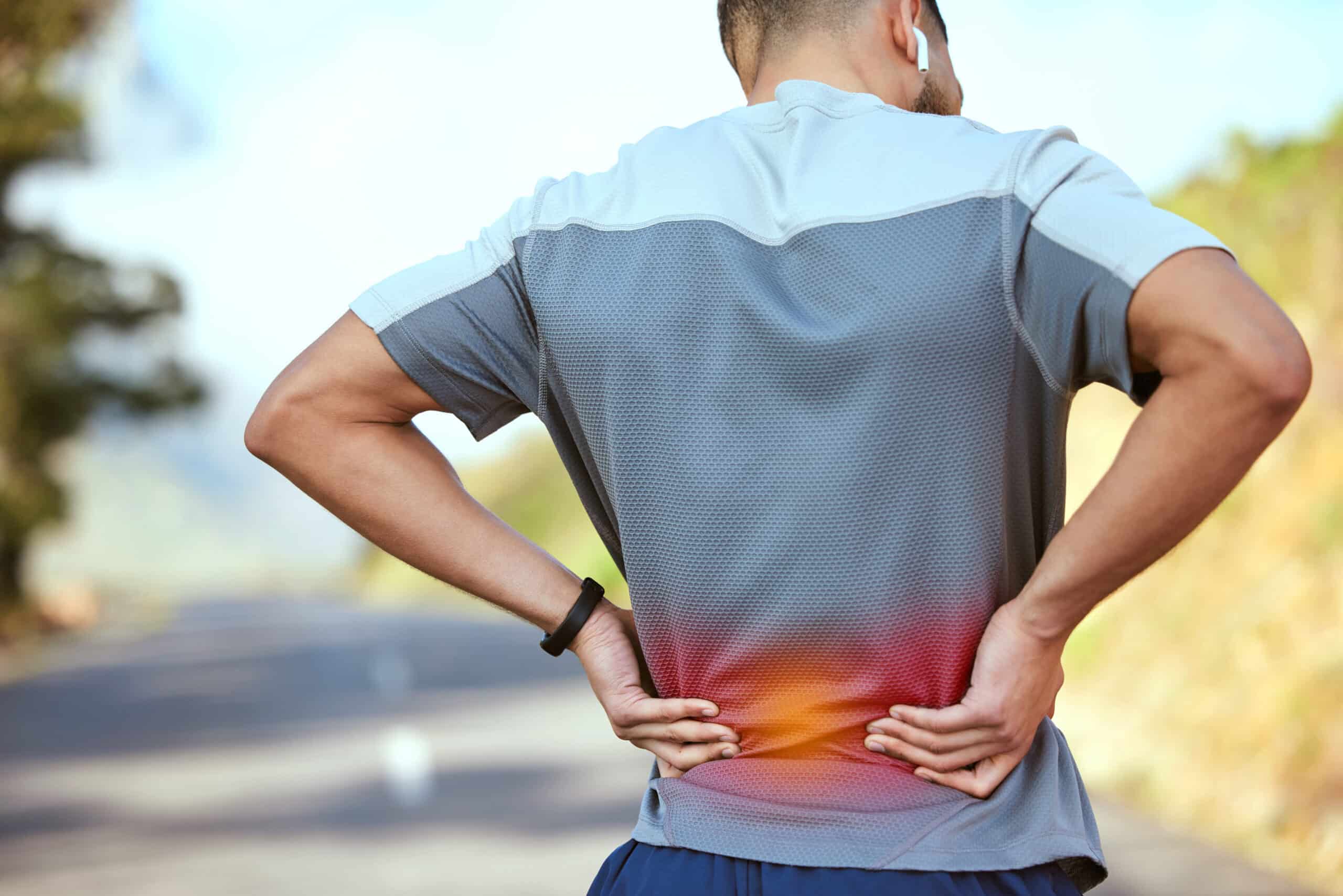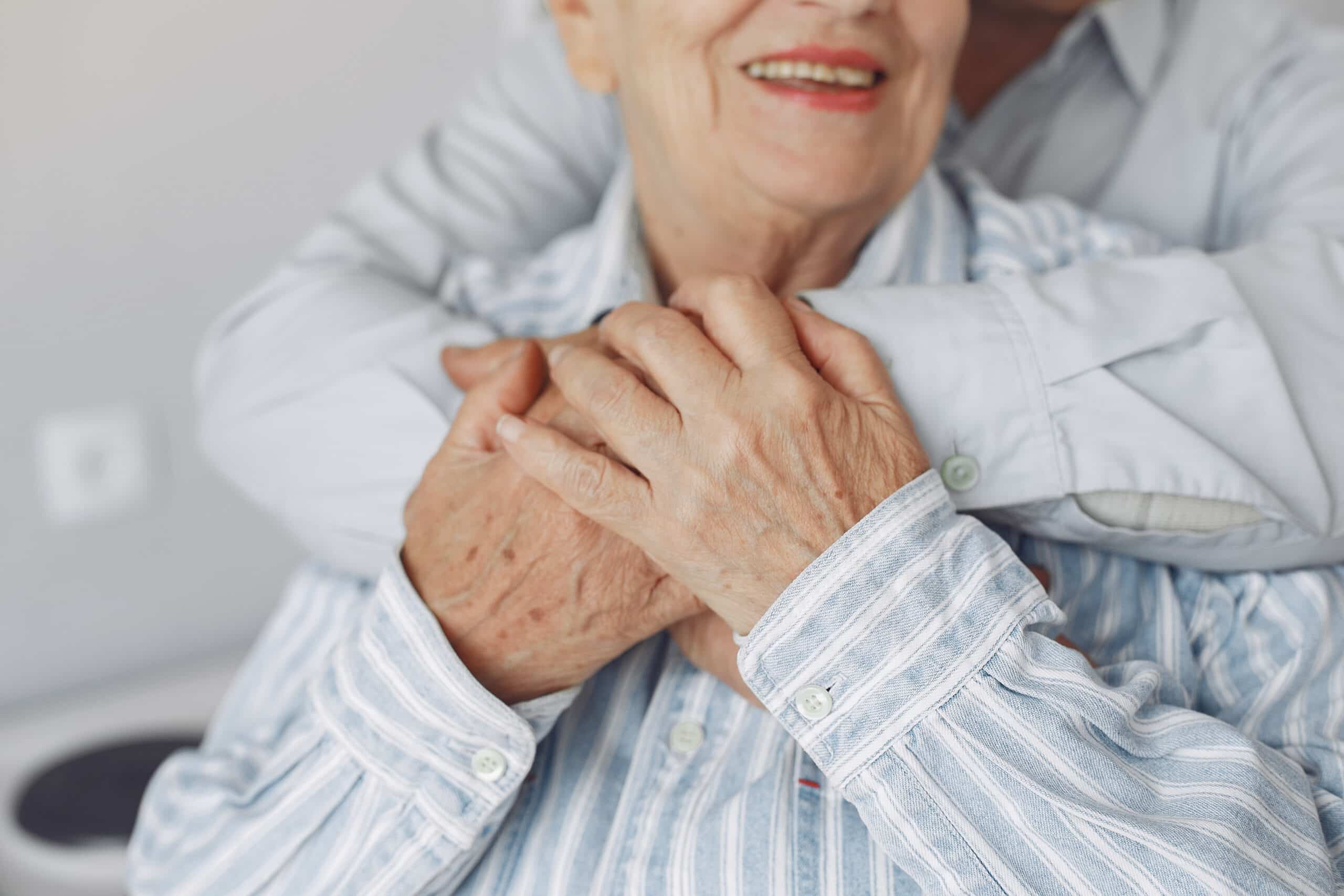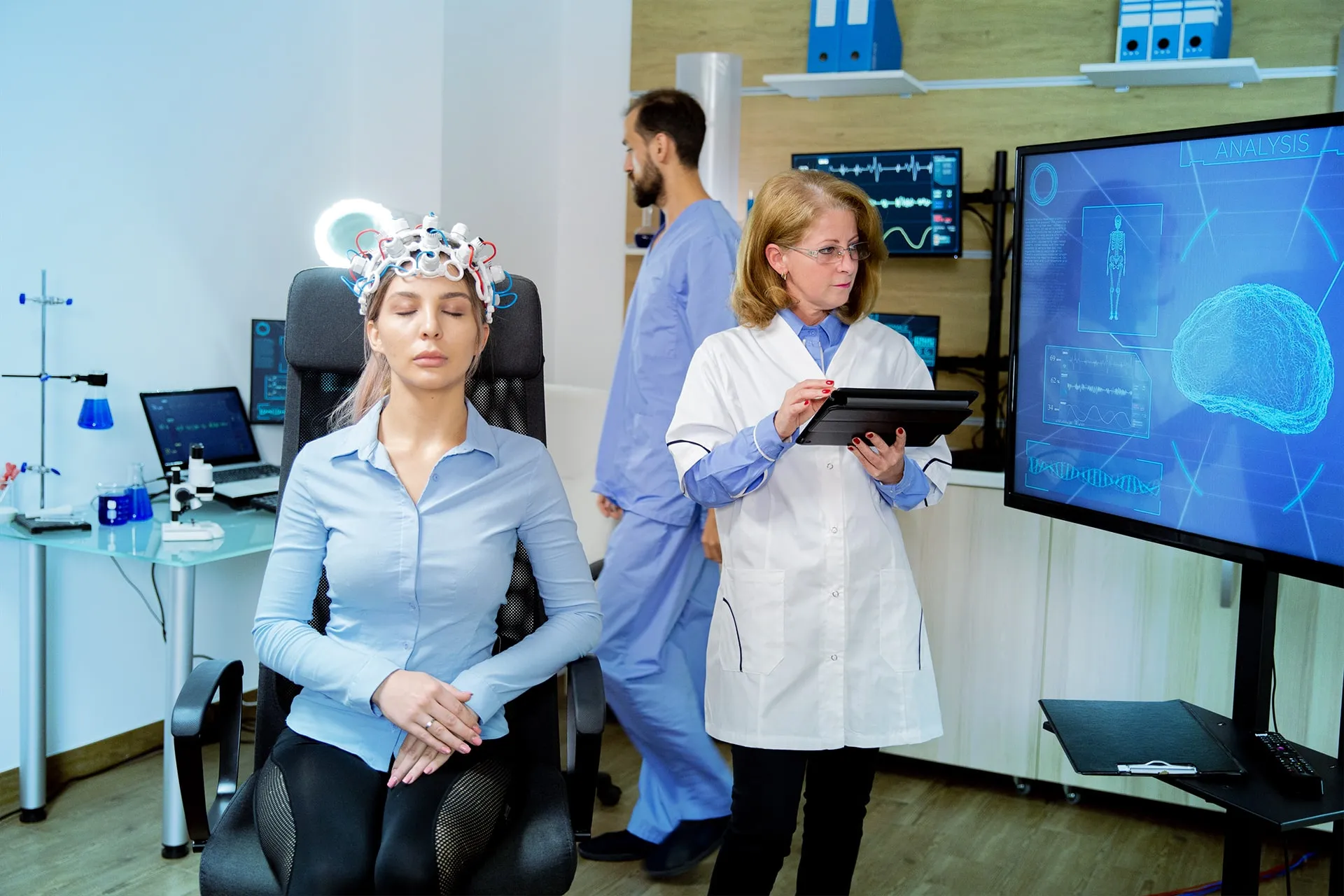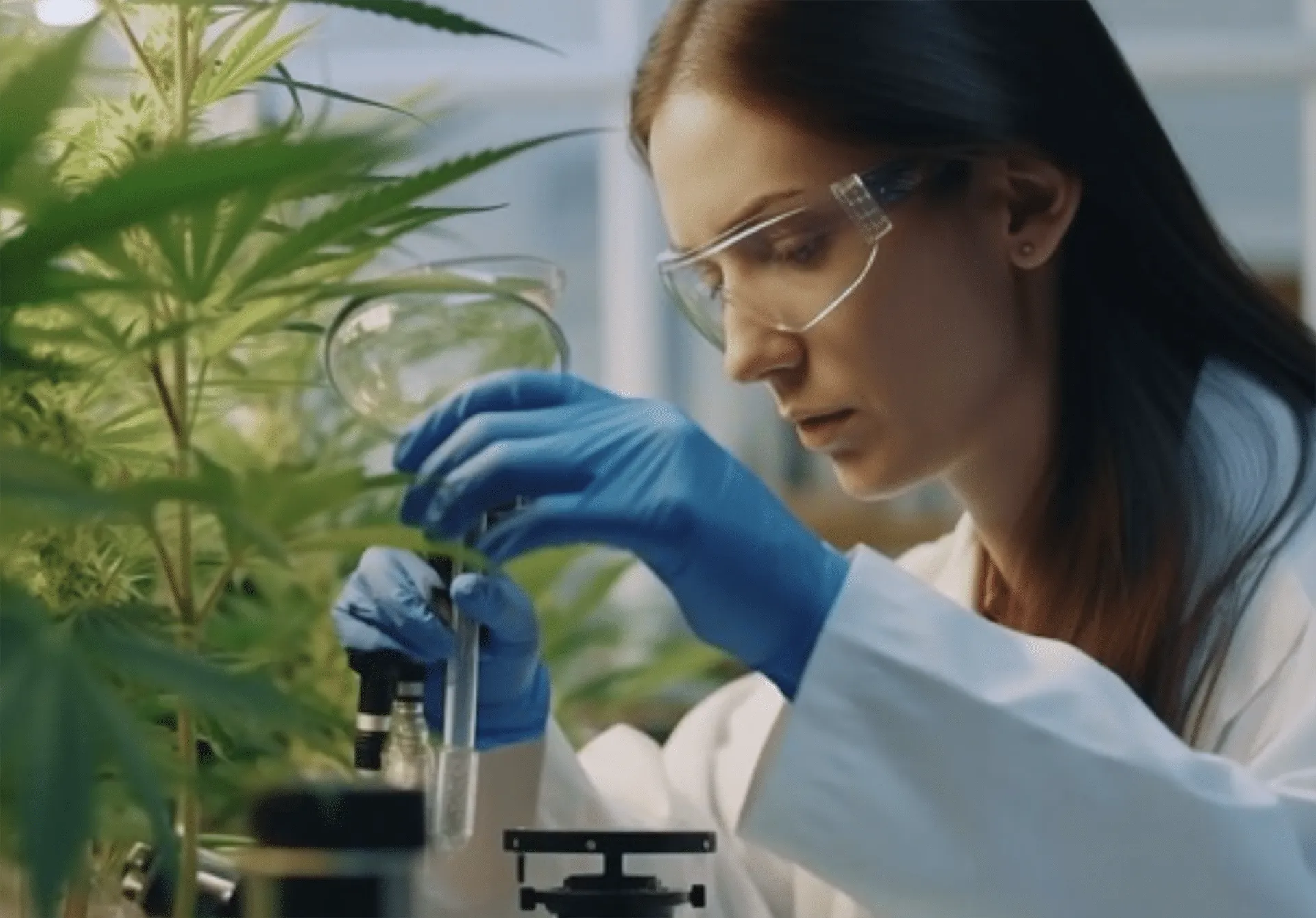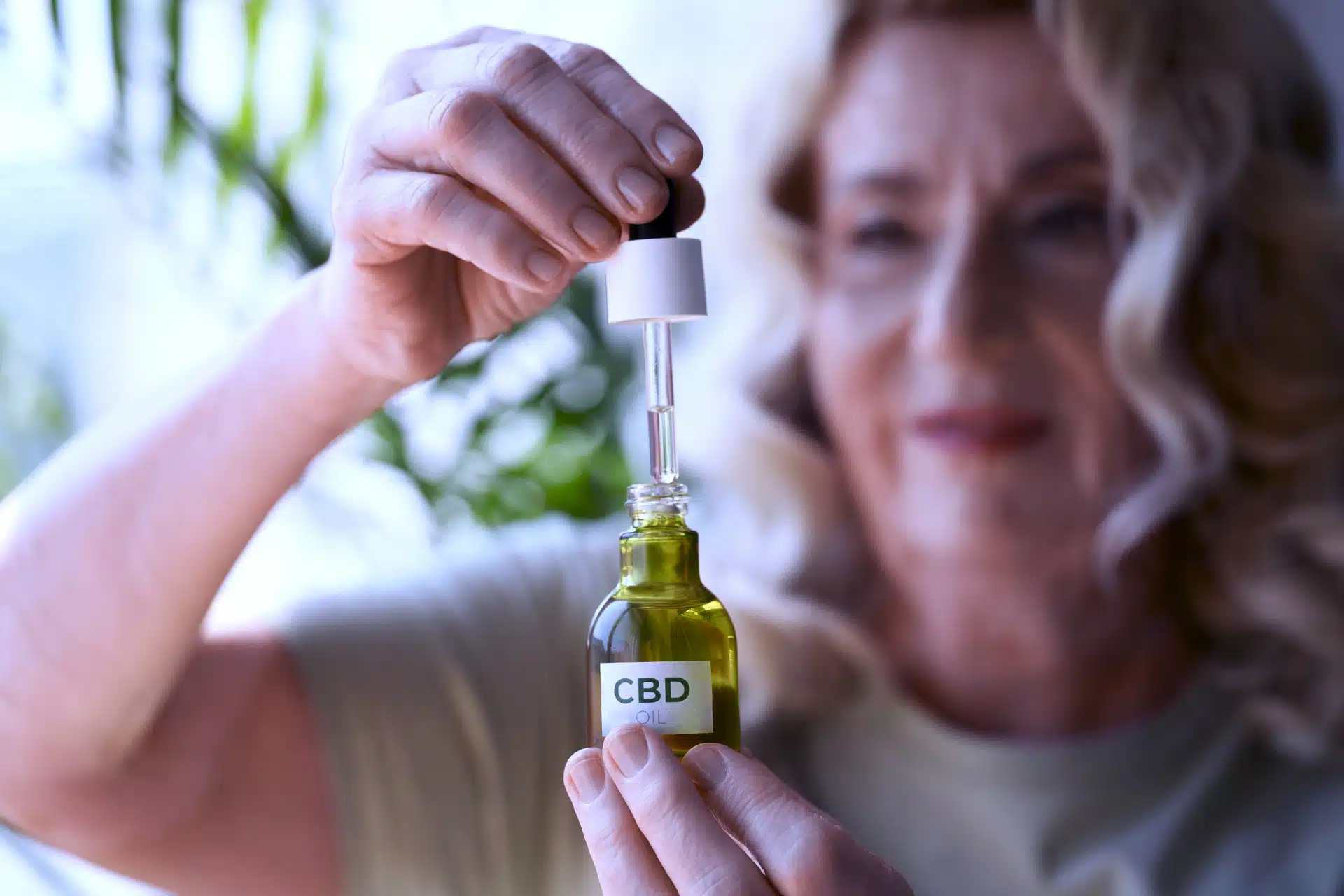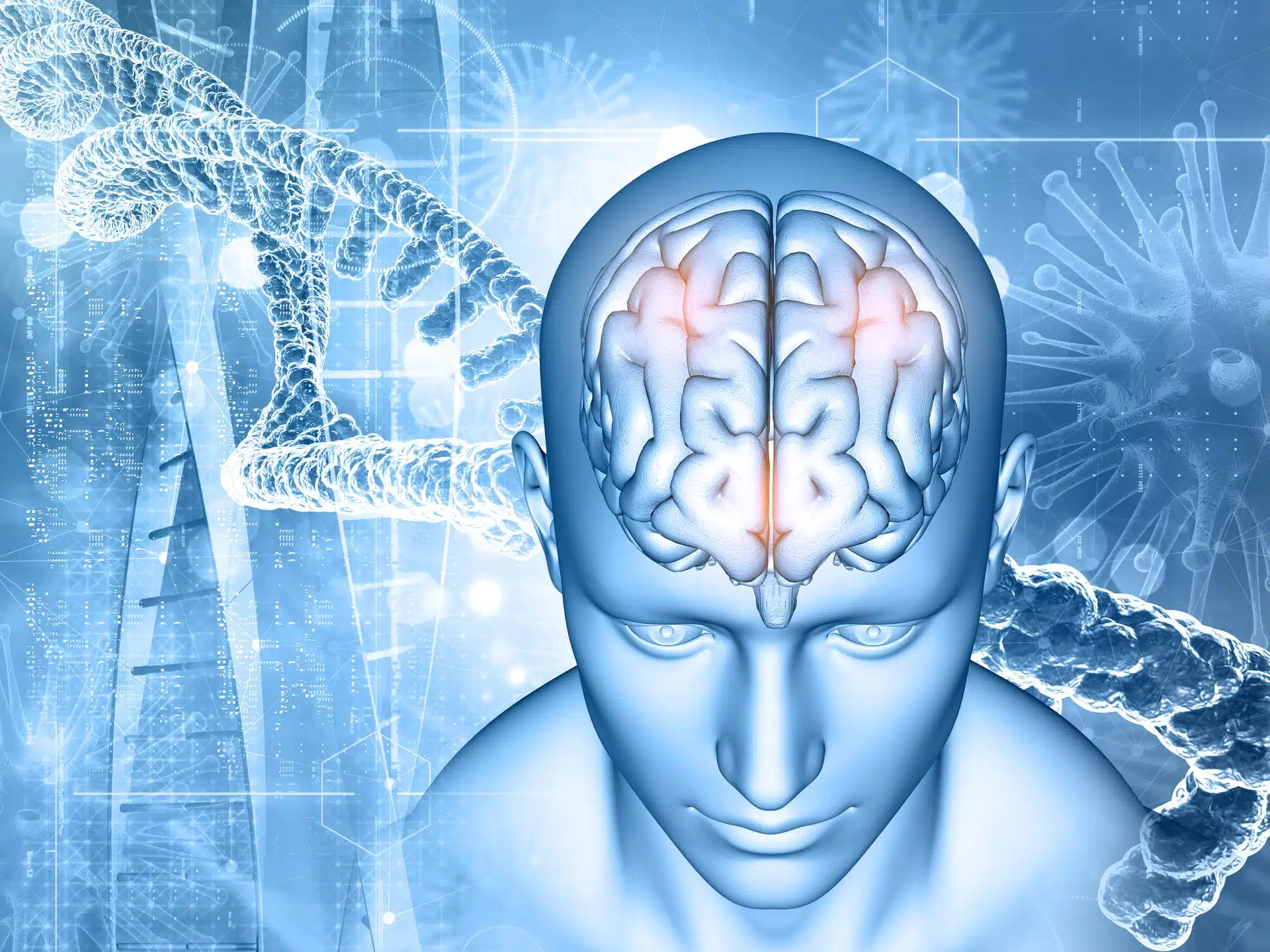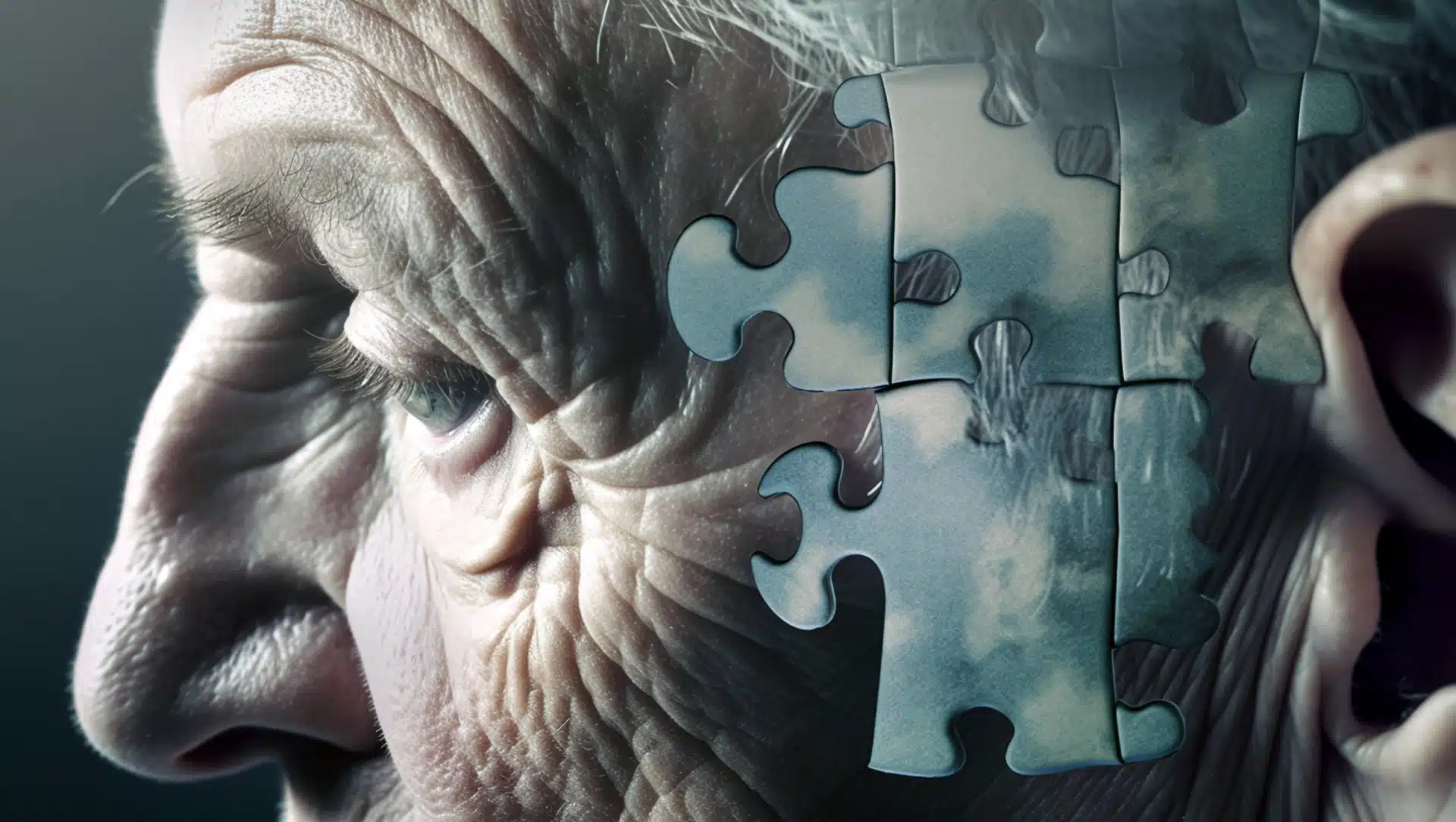Share
Epilepsy and seizure disorders

Epilepsy ranks among the most prevalent neurological diseases. It is estimated that about 50 million people are diagnosed with epilepsy. Epilepsy, known as a seizure disorder, causes recurring seizures. There is a 10% probability of a person experiencing a single epileptic seizure at some point in their life. However, the vast majority of them will not develop epilepsy.
Epilepsy and seizures have distinct definitions according to the International League Against Epilepsy (ILAE). A seizure is defined as excessive abnormal neuronal activity, usually lasting less than 2 minutes. Epilepsy is defined as a disease in which one has: 1) two or more unprovoked or reflex seizures less than 24 hours apart, 2) a single unprovoked or reflex seizure and a risk higher than 60% of having another in 10 years, or 3) an epilepsy syndrome. The symptoms of a seizure might include staring spells, temporary confusion, stiff muscles, loss of consciousness, uncontrollable jerking movements of the arms and legs, and psychological symptoms such as fear, anxiety, or déjà vu. The onset of a seizure can be classified as focal (starting from a specific focus in the brain), generalized (both brain hemispheres are activated at the onset of a seizure), or unknown (when there is insufficient data to classify the seizure). Epilepsy can also be classified as focal (only affecting one side of the brain), generalized (affecting both sides of the brain), or a combination of focal and generalized (a combination of the types of seizures).
The causes of epilepsy depend on the age of onset. In children, the most common causes are perinatal injury, malformations of cortical development, and genetic factors. In adults, the most common causes are encephalitis/meningitis, traumatic brain injury, and brain tumors. In elderly people, epilepsy usually results from brain trauma, brain tumors, or neurodegenerative disorders.
The management of epilepsy depends on the type of epilepsy and its etiology, stressing the importance of having a clear diagnosis and classification. 1
Pharmacokinetics of Cannabis Products in Epilepsy
Endocannabinoid system (ECS) dysfunction has been associated with epilepsy turning ECS as a potential target for seizure management. ECS comprises endocannabinoids and cannabinoid receptors (CB1 and CB2). CB1 is mostly present in the central nervous system (brain and spinal cord) while CB2 is more present in peripheral cells. CB1 has been described as an inhibitor of excitatory neurotransmitter release, thus activation of CB1 by cannabinoids can prevent excessive abnormal neuronal activity in epilepsy. Phyto cannabinoids from Cannabis sativa, namely Tetrahydrocannabinol (THC) and cannabidiol (CBD) have been described as an anticonvulsant drug.2
A pharmacokinetic study was conducted in Italy to evaluate the safety and pharmacokinetics of medical cannabis in children and young adults with refractory epilepsy. In this study were administered the following doses: THC 5.2–7.2 %, CBD 8.2–11.1 %, CBD dose titration (from 0.7 to 4.4 mg/kg/day). The concentration of THC and CBD in plasma correlated with the administered doses. The authors showed a good safety and tolerability of medical cannabis, but this study has some limitations due to the low cohort and the patients use concomitant anticonvulsant therapies.3
There is one report demonstrating the effect of the food on the bioavailability of CBD in epilepsy patients. The maximum concentration of CBD in plasma is higher when the capsule of CBD is administered with a high fat meal. Thus, they recommend administering CBD with a high fat meal.4
Symptoms of epilepsy that cannabis can help
Historically, the cannabis plant has been used as a medicinal agent for the relief of seizures and pain. Preclinical studies in mice and rat epilepsy models demonstrated that CBD retards the onset of seizures. In humans diagnosed with epilepsy, the administration of highly pure CBD up to 50 mg/kg/day reduced seizures to a greater extent than placebo. These patients reported some adverse events such as somnolence, decreased appetite, diarrhea, and increased serum aminotransferases.5
Oral administration of CBD at 2–5 mg/kg/day, divided into twice-daily dosing, added to the baseline antiepileptic drug regimen in intractable epilepsy patients reduced seizure frequency. The mean seizure frequency during baseline treatment was 30, which reduced to 15.8 following 12 weeks of treatment with CBD.6
Additionally, CBD can reduce seizures in patients with drug-resistant epilepsy. In this report they used the following doses: 260 mg/day of CBD + 13 mg/day of THC. However, in this study, the frequency of seizures increased in a subset of patients. These results demonstrate that CBD is a promising therapeutic tool, although the patients who will benefit from it should be better identified.7
Clinical trials
There are twelve ongoing clinical trials using medical cannabis on epilepsy patients. The titles of the studies and their respective links are provided in the table below.
| Study Title | Link | Study Results | Phases |
| Cannabidiol in Children With Refractory Epileptic Encephalopathy | https://clinicaltrials.gov/study/NCT03024827 | NO | PHASE1 |
| Real World Evidence on the Use of Medical Cannabis in Pediatrics | https://clinicaltrials.gov/study/NCT05863910 | NO | |
| Cannabis Extract in Refractory Epilepsy Study | https://clinicaltrials.gov/study/NCT03808935 | NO | PHASE3 |
| The Use of Medicinal Cannabinoids as Adjunctive Treatment for Medically Refractory Epilepsy | https://clinicaltrials.gov/study/NCT02523183 | NO | |
| CBD Cannabis Extract: Pharmacokinetic Studies | https://clinicaltrials.gov/study/NCT04280289 | NO | EARLY_PHASE1 |
| Study of Safety and Efficacy of MGCND00EP1 as an Add on Treatment in Children and Adolescents With Resistant Epilepsies | https://clinicaltrials.gov/study/NCT04406948 | NO | PHASE2 |
| Real-World Evidence in Patient-Reported Outcomes for Medical Cannabis (MC-RWE) | https://clinicaltrials.gov/study/NCT04526093 | NO | |
| Cannabinoid Therapy for Pediatric Epilepsy | https://clinicaltrials.gov/study/NCT02983695 | NO | PHASE1 |
| Cannabidiol for Drug Resistant Pediatric Epilepsy (Expanded Access Use) | https://clinicaltrials.gov/study/NCT03676049 | NO | |
| Outcomes Mandate National Integration With Cannabis as Medicine | https://clinicaltrials.gov/study/NCT03944447 | NO | PHASE2 |
| Genetic Analysis Between Charlotte’s Web Responders Versus Non- Responders in a Dravet Population | https://clinicaltrials.gov/study/NCT02229032 | NO | |
| Pharmacokinetic (PK) and Pharmacodynamics (PD) Study of Ilera Specific Products | https://clinicaltrials.gov/study/NCT03886753 | NO |
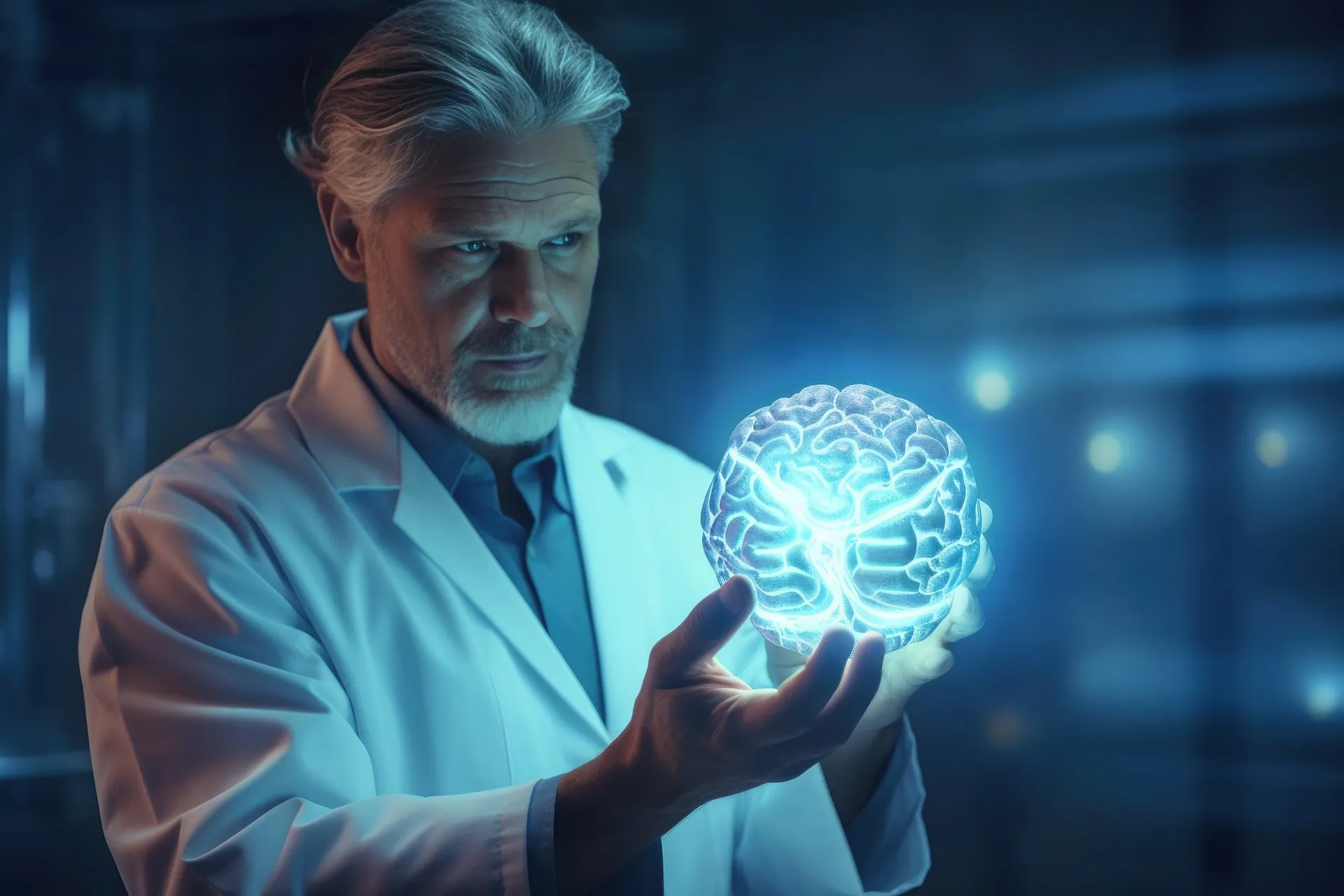
References
1. Ali, A. Global Health: Epilepsy. Seminars in Neurology 38, 191–199 (2018).
2. Yao, I., Stein, E. S. & Maggio, N. Cannabinoids, hippocampal excitability and efficacy for the treatment of epilepsy. Pharmacology & Therapeutics 202, 32–39 (2019).
3. Gherzi, M. et al. Safety and pharmacokinetics of medical cannabis preparation in a monocentric series of young patients with drug resistant epilepsy. Complementary Therapies in Medicine 51, 102402 (2020).
4. Birnbaum, A. K. et al. Food effect on pharmacokinetics of cannabidiol oral capsules in adult patients with refractory epilepsy. Epilepsia 60, 1586–1592 (2019).
5. Lattanzi, S. et al. Highly Purified Cannabidiol for Epilepsy Treatment: A Systematic Review of Epileptic Conditions Beyond Dravet Syndrome and Lennox-Gastaut Syndrome. CNS Drugs 35, 265–281 (2021).
6. Devinsky, O. et al. Cannabidiol in patients with treatment-resistant epilepsy: an open-label interventional trial. The Lancet Neurology 15, 270–278 (2016).
7. Glatt, S. et al. Cannabidiol-enriched oil for adult patients with drug-resistant epilepsy: Prospective clinical and electrophysiological study. Epilepsia n/a,.

